
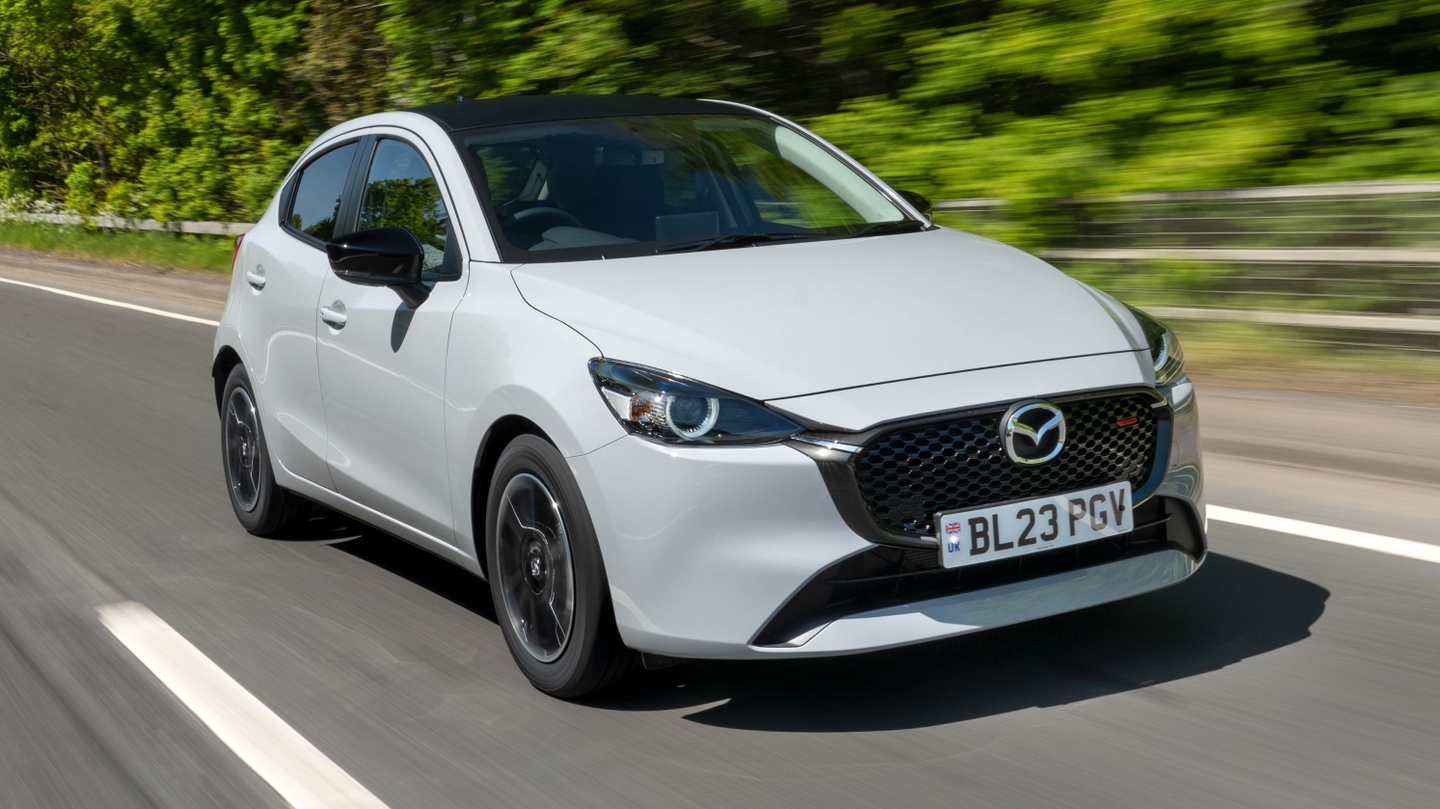
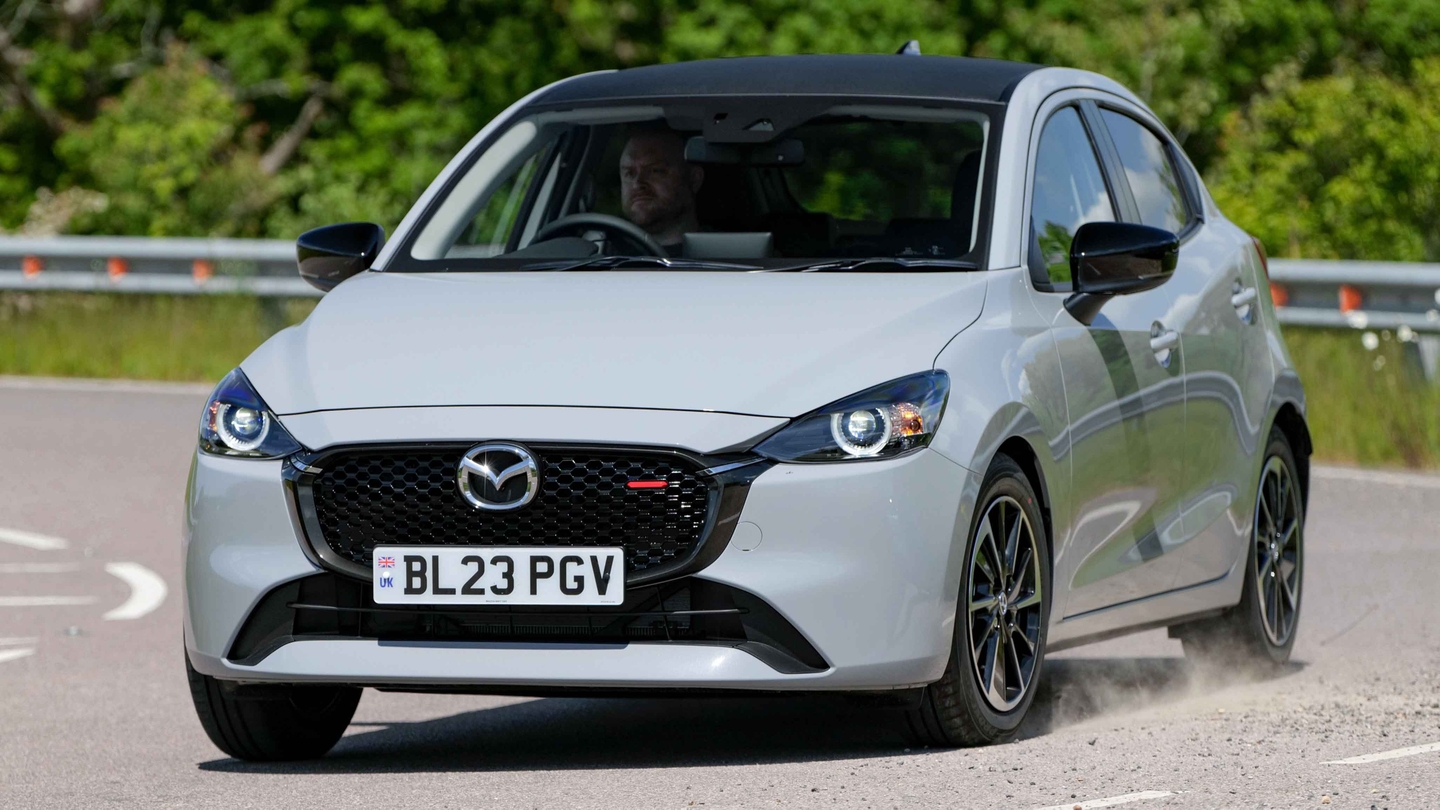
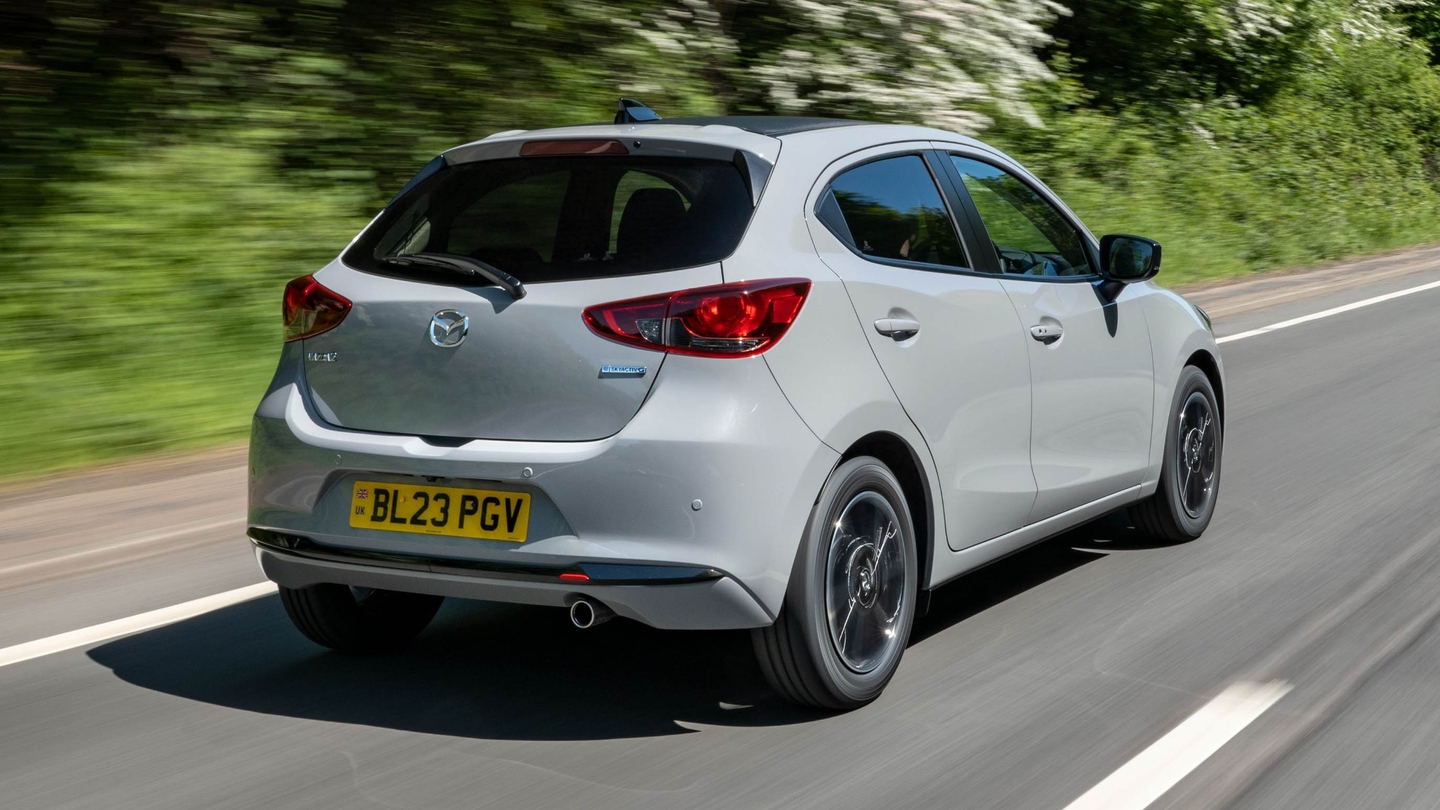
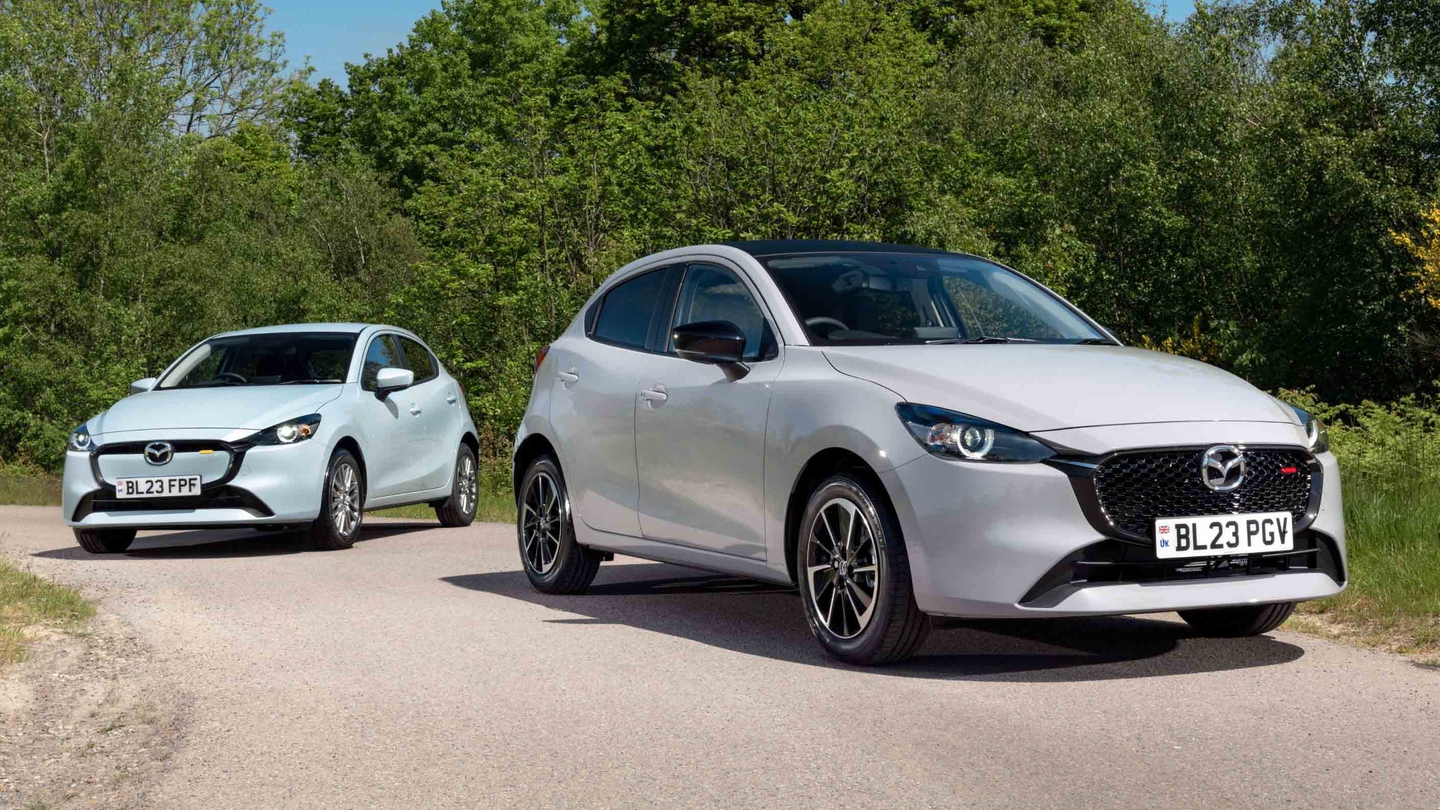
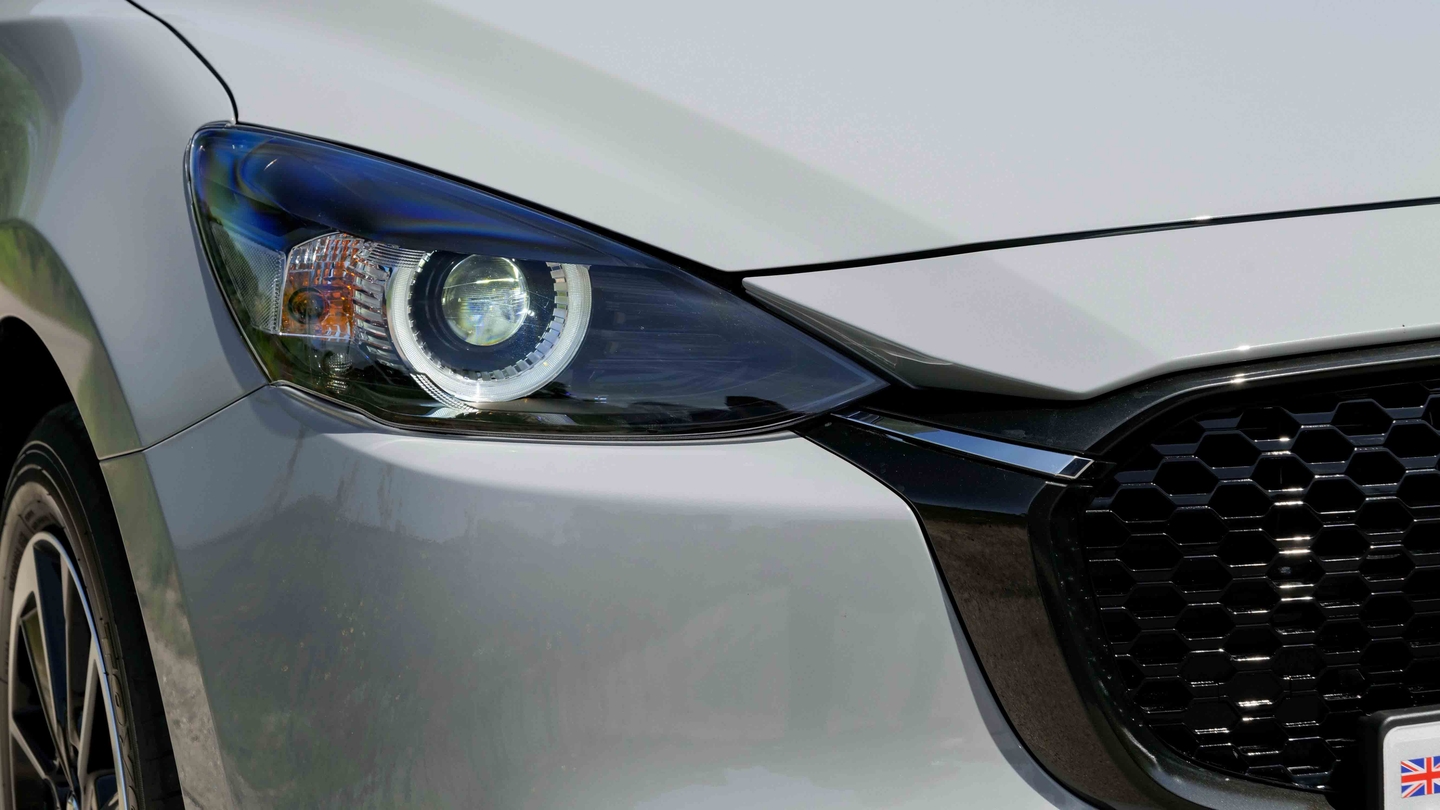
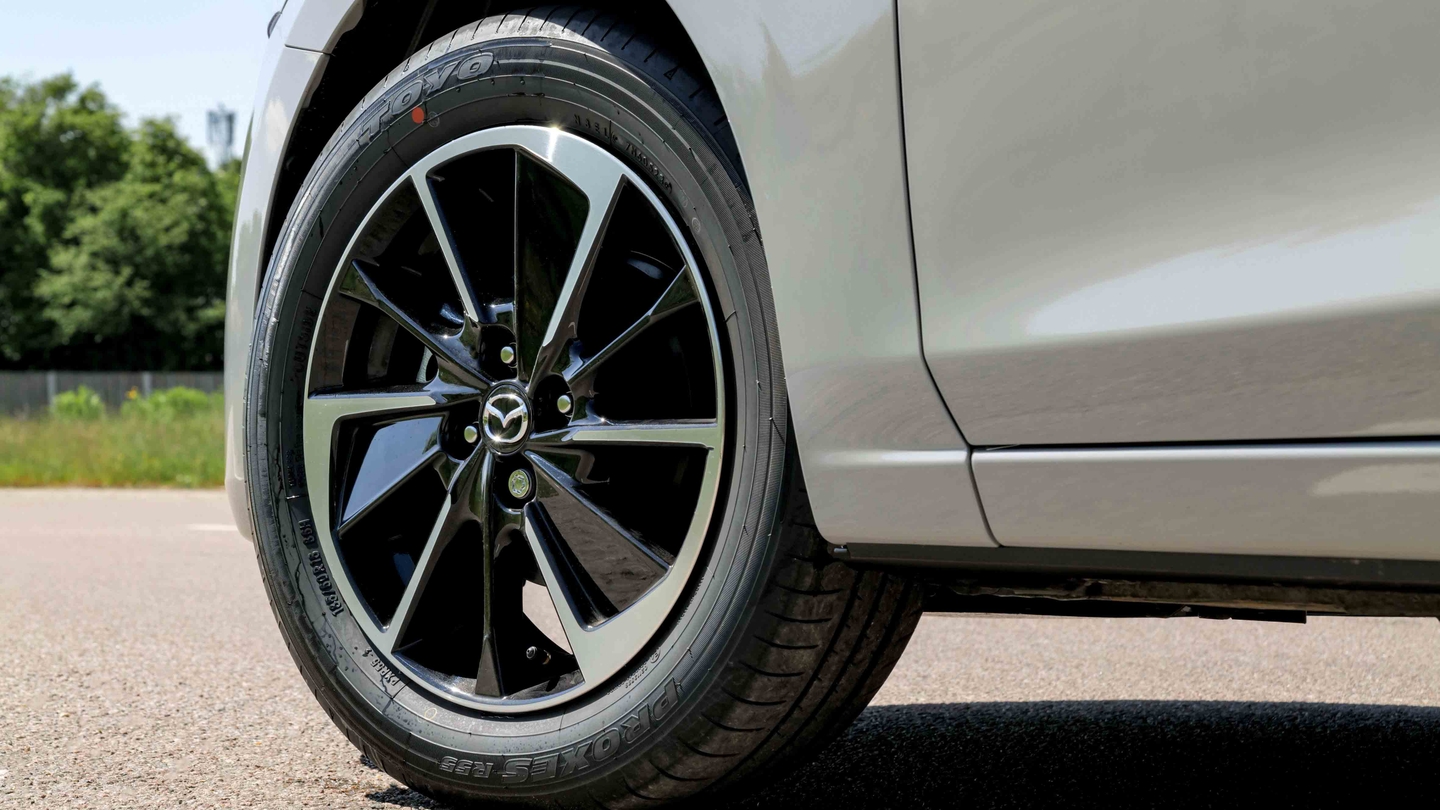
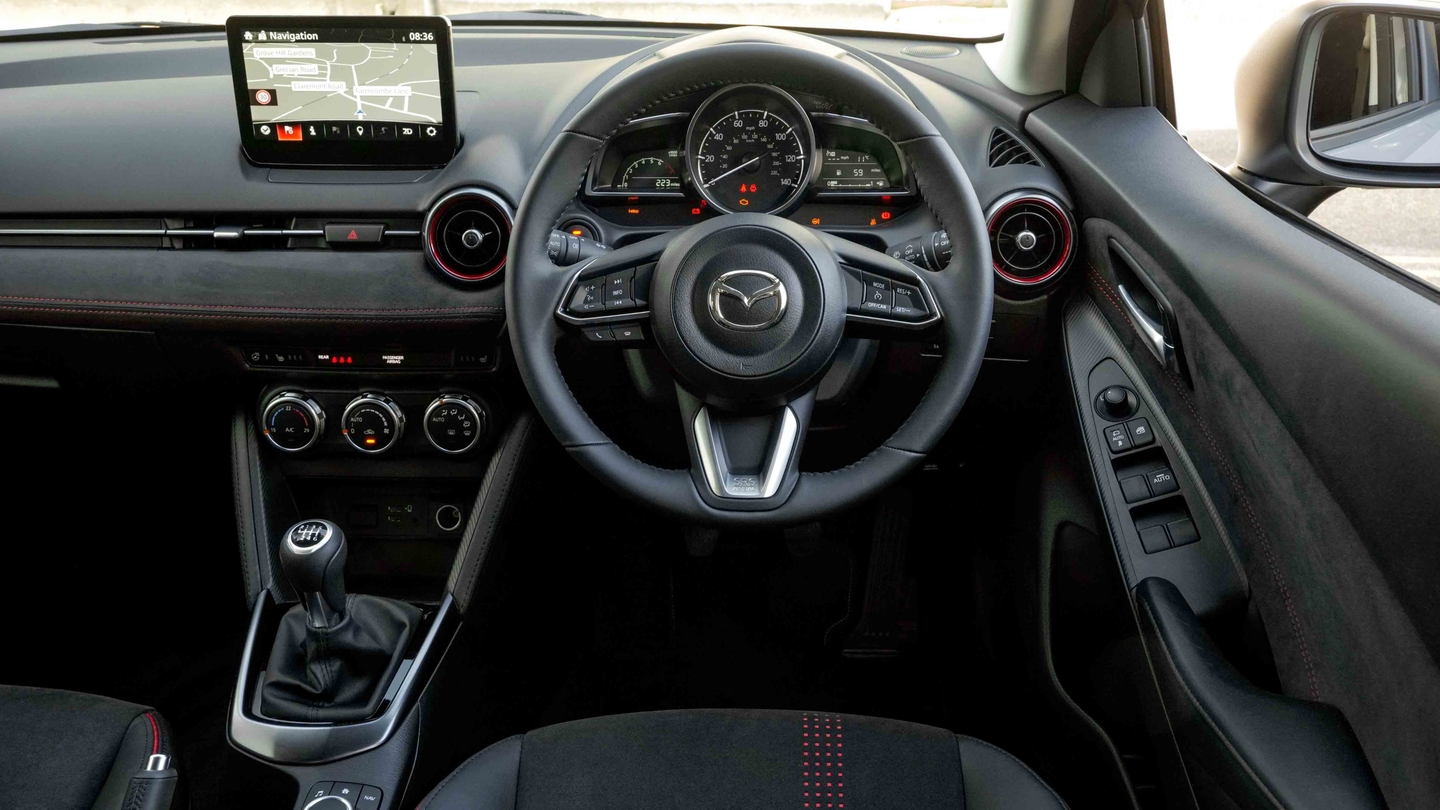
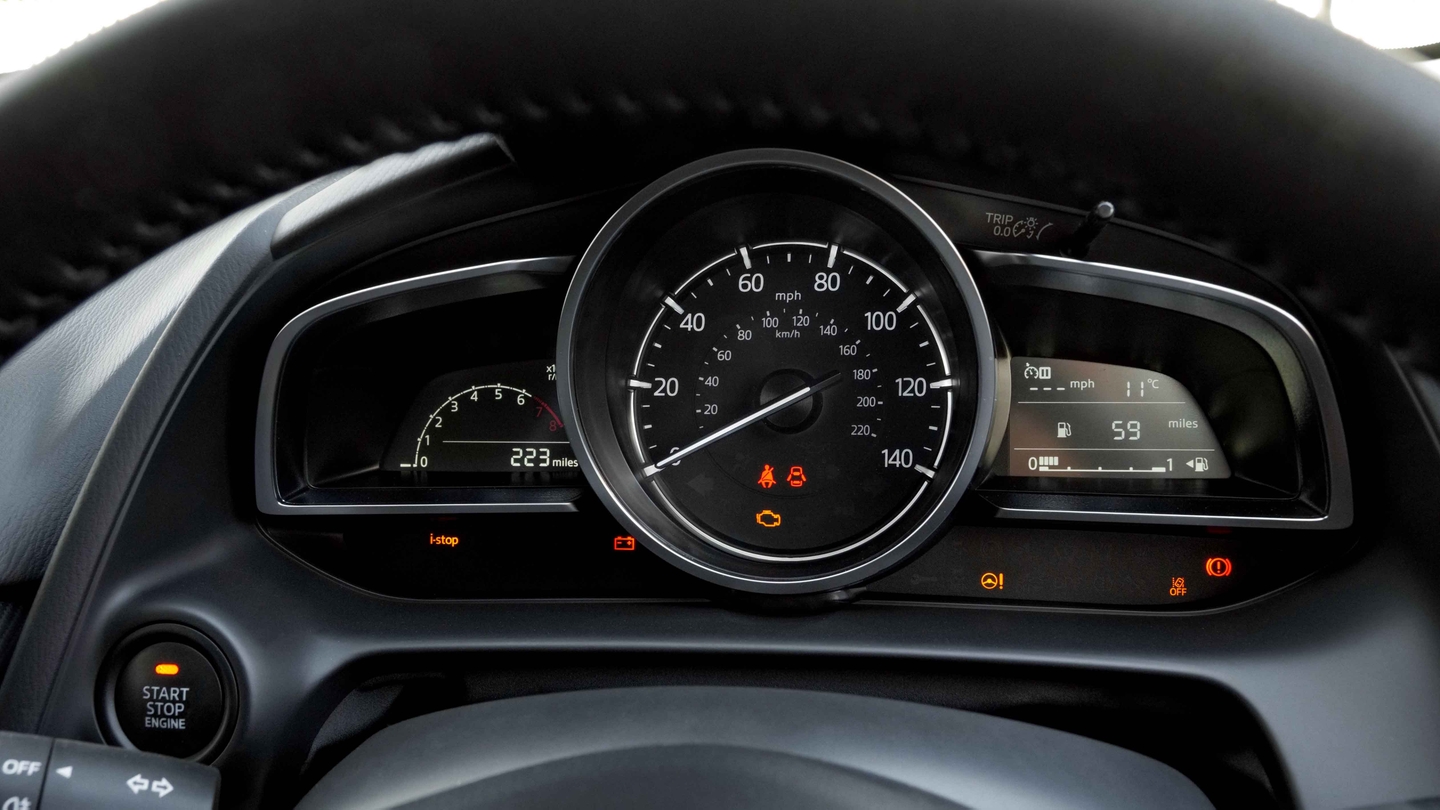
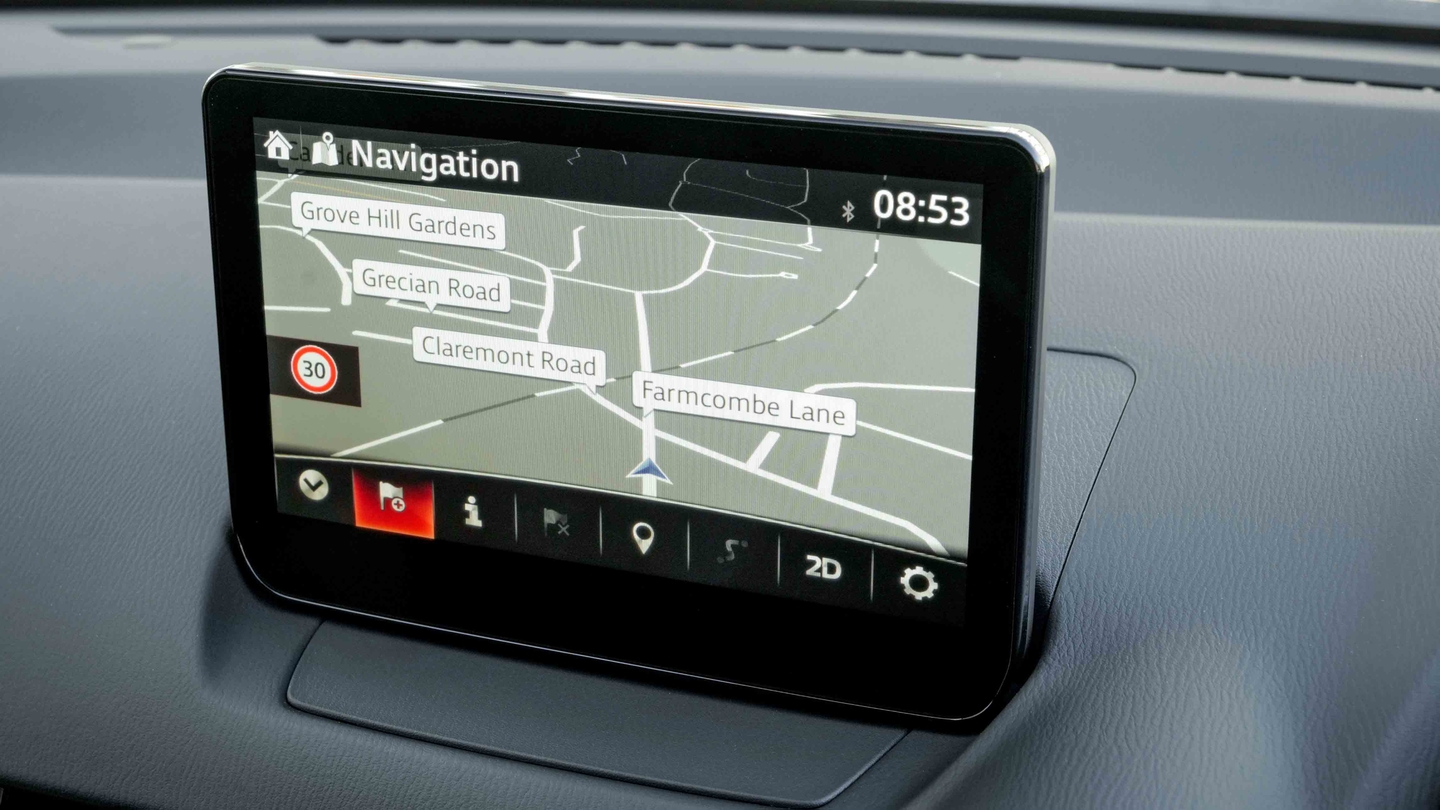
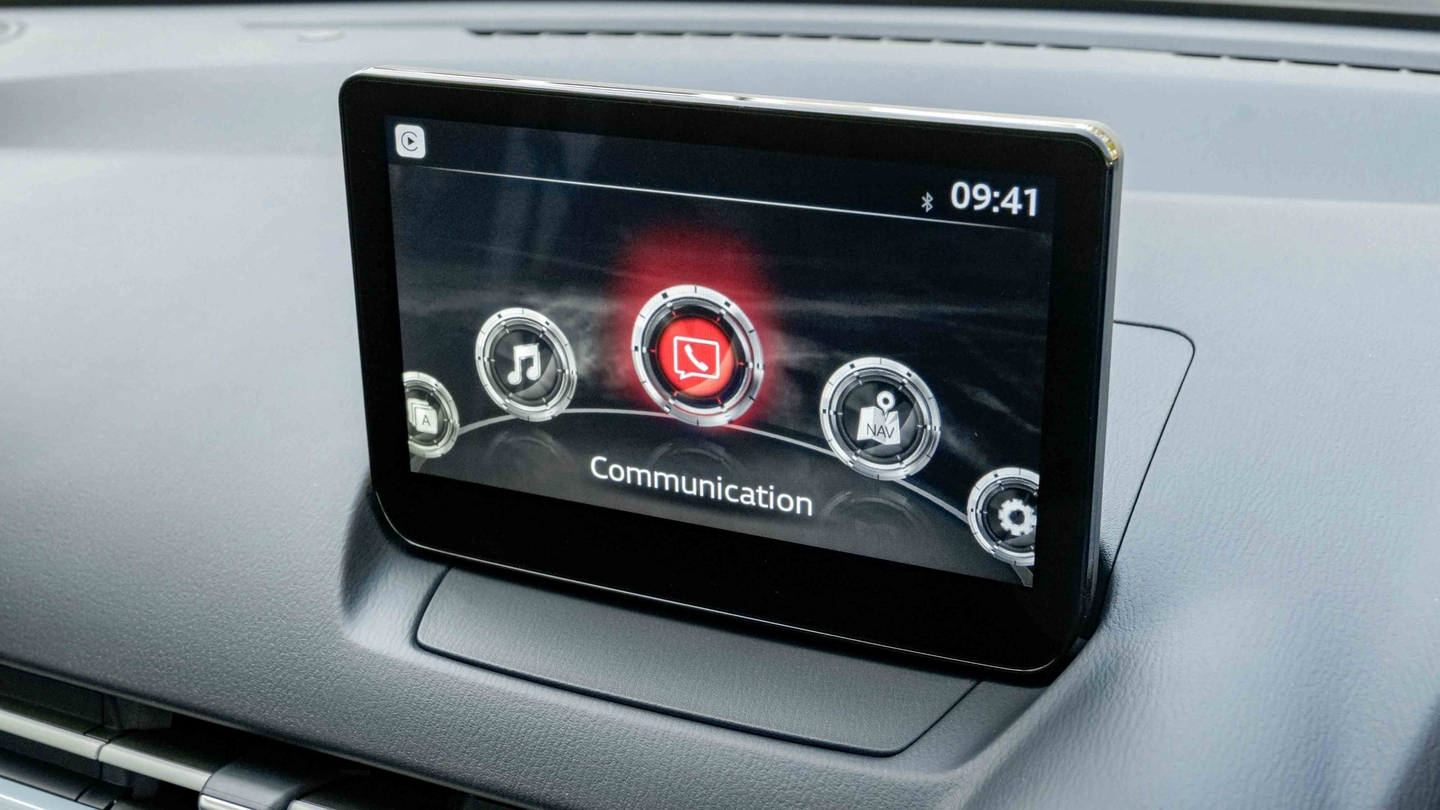
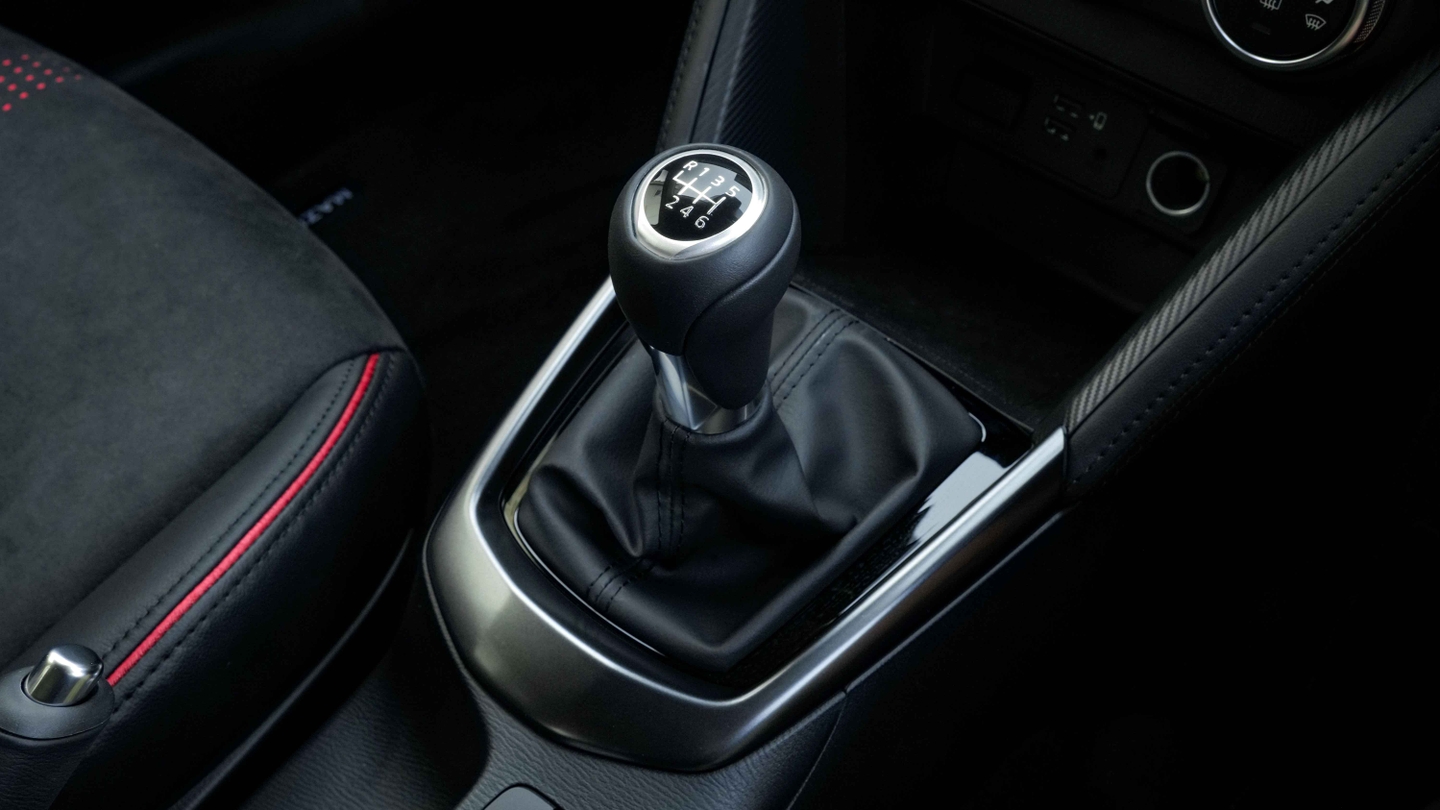
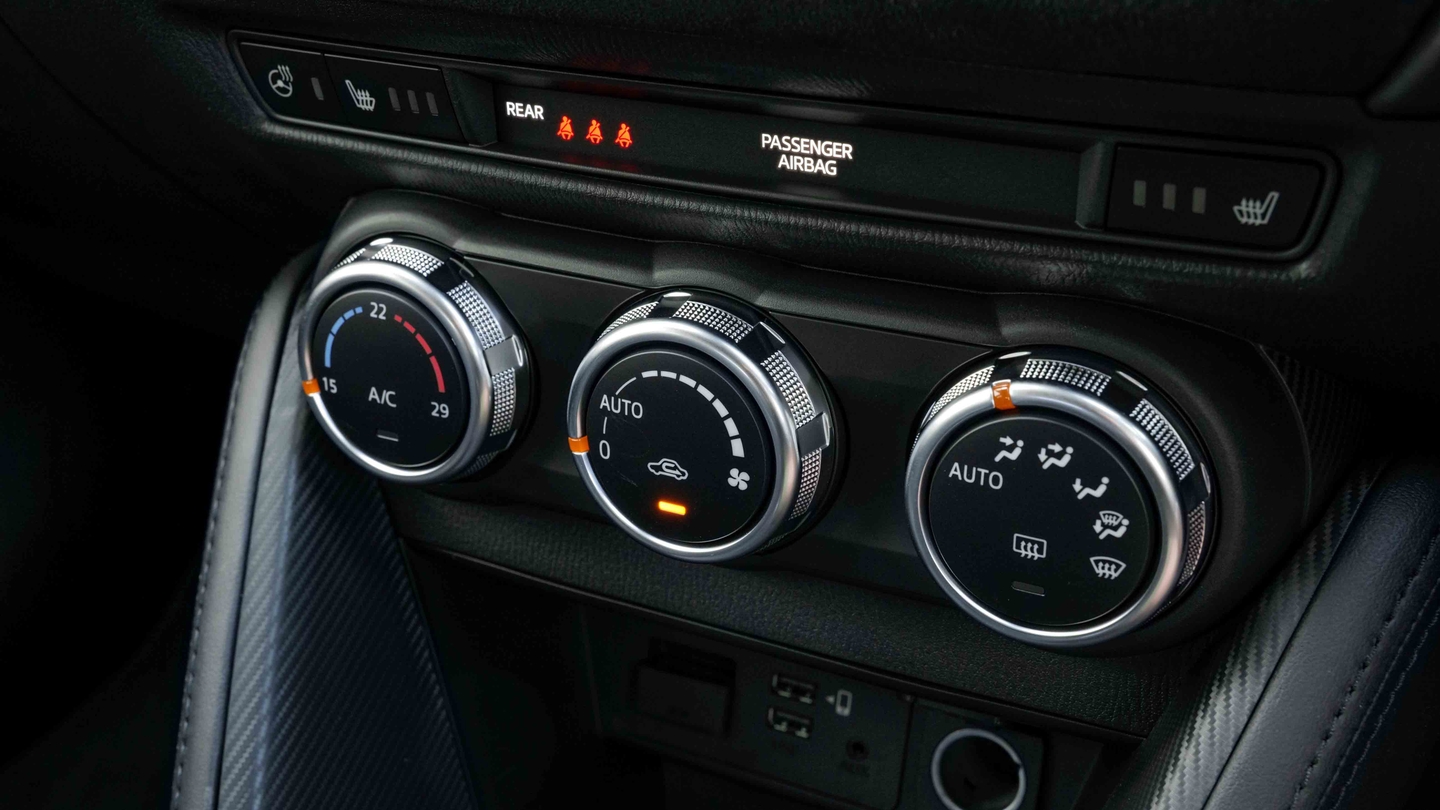
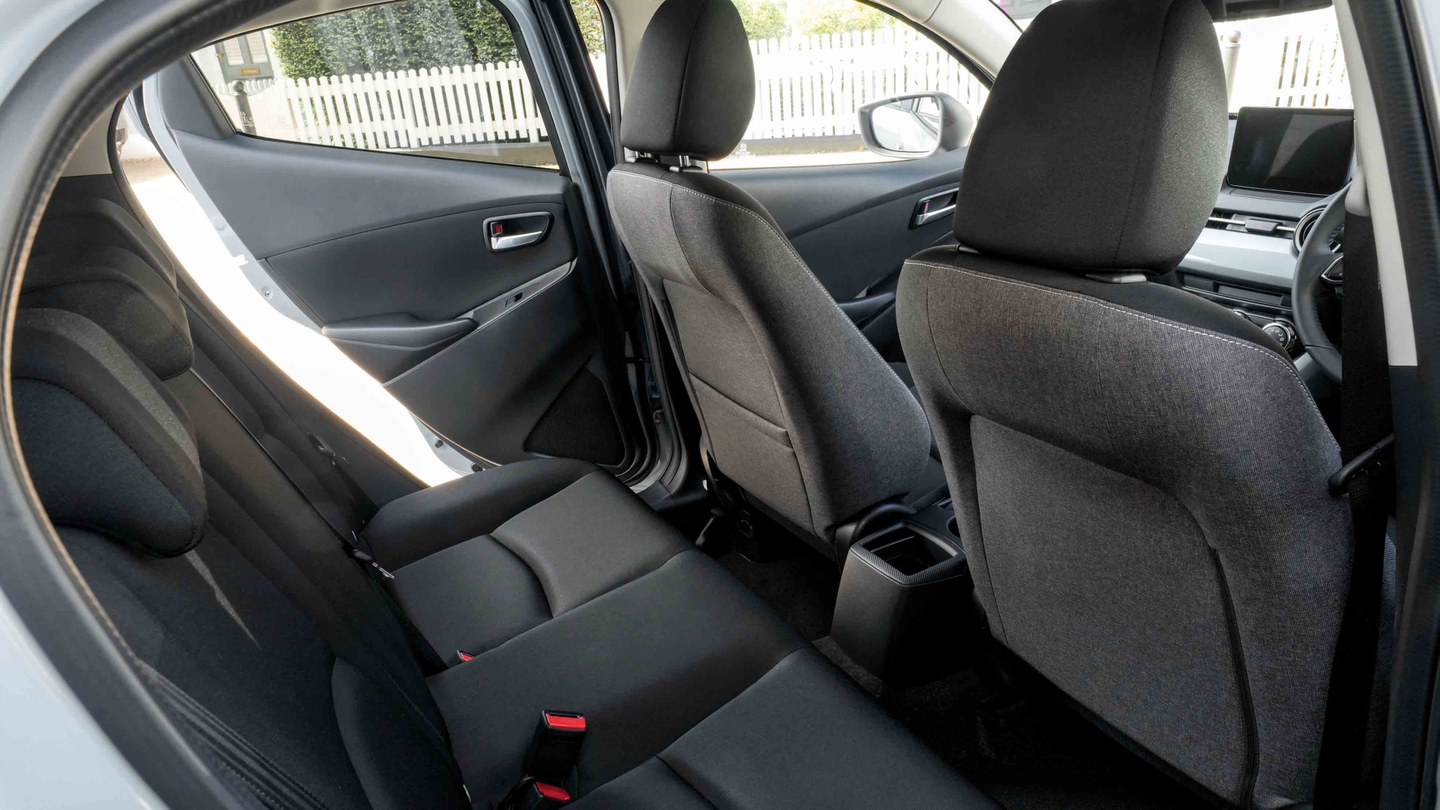
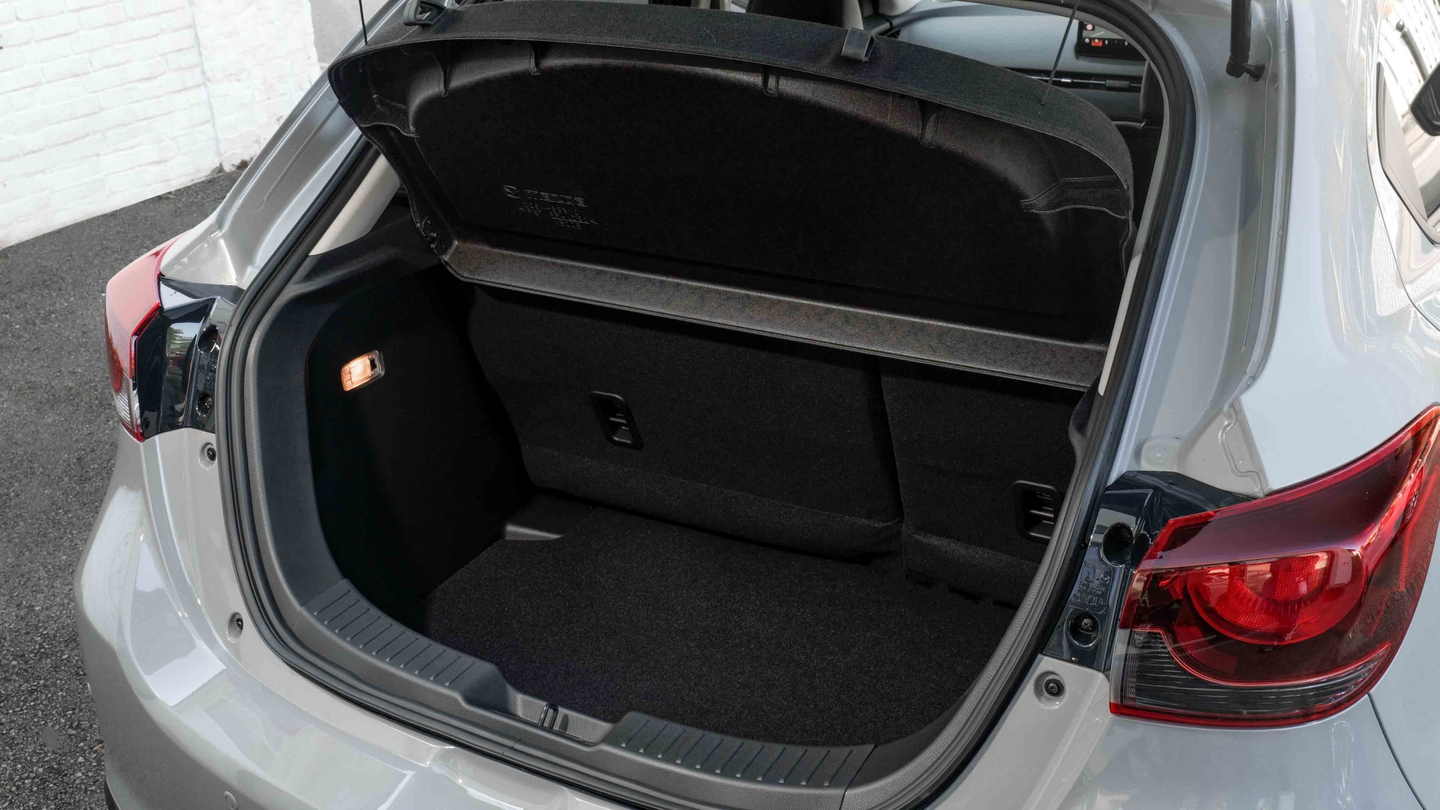
Used Mazda 2 Review (2014-2025)
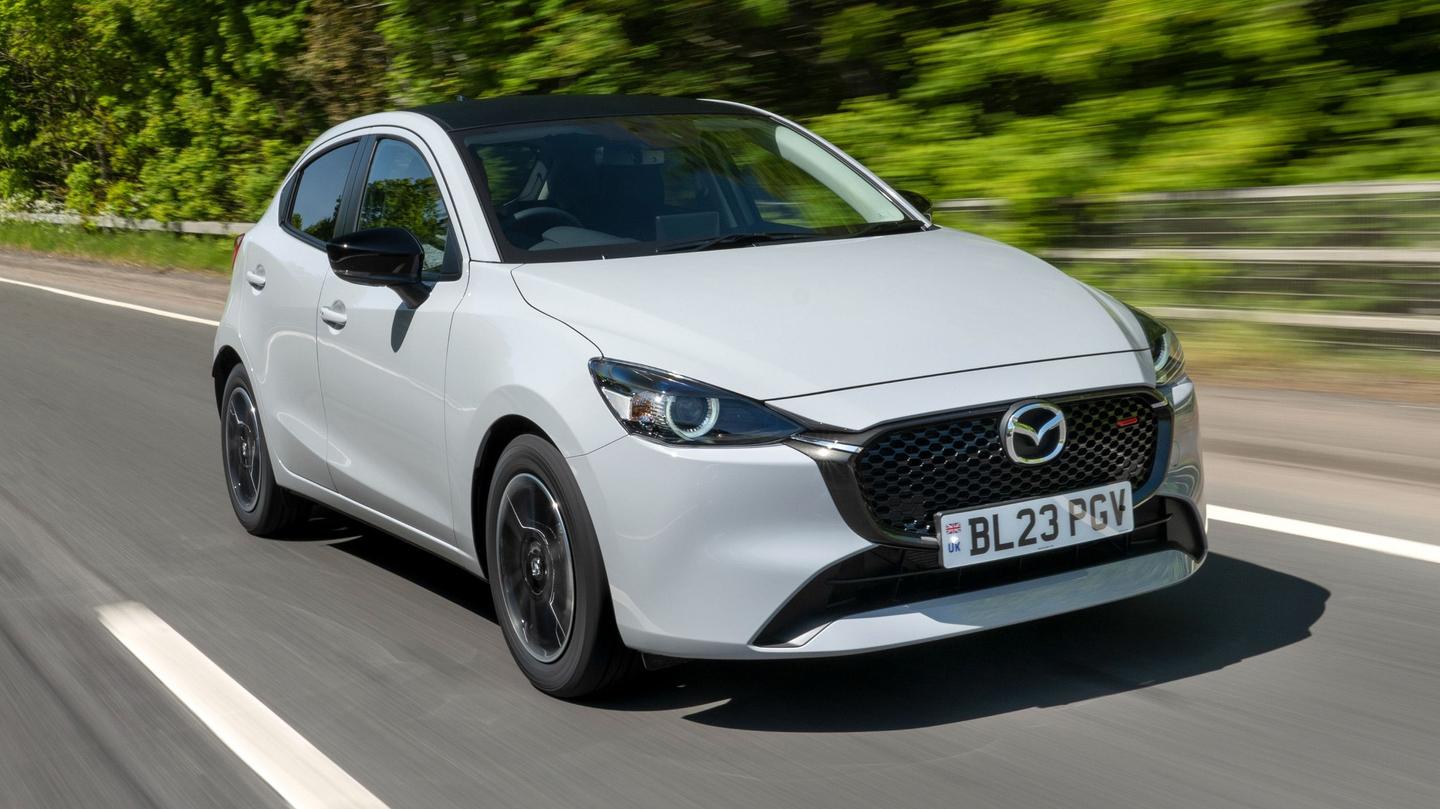
The Mazda 2 has recently bowed out after over a decade on sale, but it’s still a good choice if you’re looking at a small car.
Its authenticity, reliability and strong equipment levels should appeal, although rivals feel much more modern and you have to go hunting for the power on offer.
- Plenty of standard features
- Feels light and nimble
- Comfortable seats
- Feels slow next to turbocharged rivals
- Practicality only average
- Dated interior
Should I buy a used Mazda 2?
The Mazda 2 predates the Apple Watch. And in some respects, it feels like it. But without wanting to sound like we’ve got our rose-tinted spectacles on, that’s not totally a bad thing. Having somewhere to put your phone would be good, mind.
One of the best things about the Mazda 2 is its simplicity. The infotainment screen is easy to operate, there are physical controls for regularly used features, and the engine is relatively large and unstressed – meaning reliability is generally excellent.
"On a spirited drive, it feels like you’re driving a sports car but you’re almost certainly still within legal speeds"
The Mazda has a cheeky side that the likes of the Volkswagen Polo and Audi A1 don’t, and it’s a really likeable little thing. The driver assist functions don’t have a meltdown every five minutes, and there aren’t any pointless drive modes to mess around with. You just get in, go, and have a bit of fun along the way.
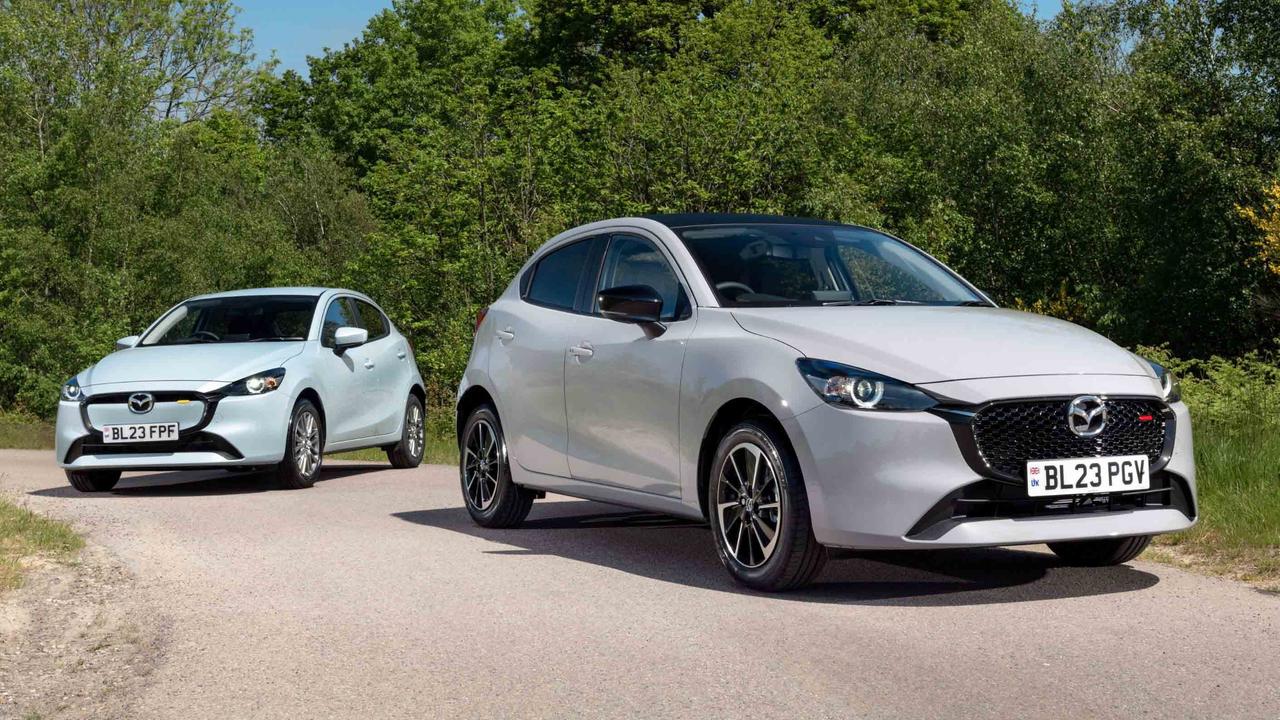
This version of the Mazda 2 is no longer available brand new – it’s been effectively replaced by the Mazda 2 Hybrid, a completely different car that’s heavily based on the Toyota Yaris. But, for a while they were sold side-by-side, both with hybrid badging, just to confuse everyone.
Recent examples of the Mazda 2 (not the Yaris one) have come with mild-hybrid technology to slightly reduce fuel consumption and emissions. These are marked out by the ‘e’ in front of the Skyactiv badge on the bootlid – but don’t expect any electric driving. The 24-volt battery is so small that it doesn’t have a listed capacity, and the 2 e-Skyactiv G feels like a conventional petrol engine.
Interior and technology
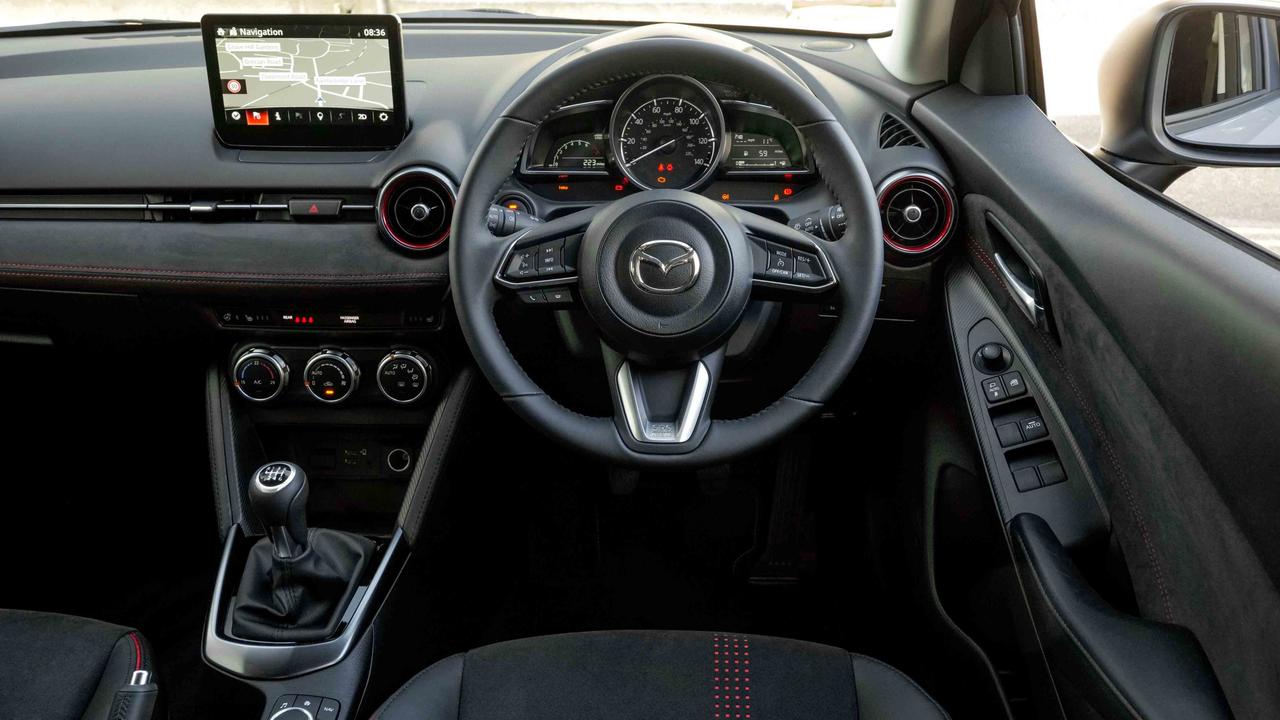
We’re becoming used to driving cars that have barely anything inside except a steering wheel and a TV-sized touchscreen. Compared to these, the Mazda 2 does feel dated inside. Especially the screen, which we’ll come on to in more detail shortly.
But there’s a timeless appeal of buttons that press and dials that twizzle. You don’t need to spend four hours sitting on the driveway working out where all the features are hidden three menus deep in the touchscreen – it feels instantly familiar. And the well-proven dials for the climate control mean you can make adjustments quickly, without looking away from the road for ages at a time.
There are more buttons between the seats, which you’ll need to use for the screen. When you’re stationary, the screen responds to touch controls, but on the move you’ll be relying on the BMW-like dial and shortcut buttons.
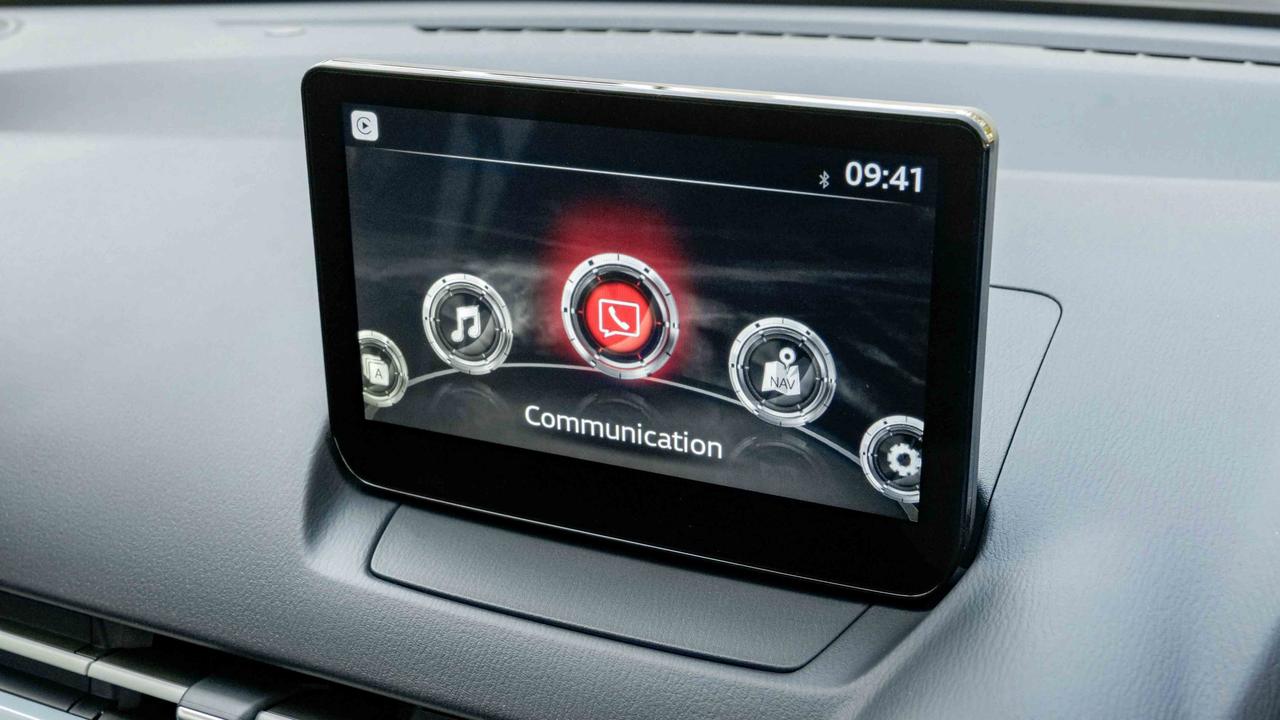
The eight-inch touchscreen has all the major functions – DAB radio, built-in sat nav and various ways to connect your phone (including wireless Apple CarPlay and wired Android Auto). It’s responsive enough, although the graphics look old-fashioned and rivals offer more configurability.
Standard equipment includes alloy wheels, power-fold mirrors, auto LED headlights, rear parking sensors, leather-wrapped touchpoints, cruise control, an auto-dimming rear-view mirror and climate control. Step up from the base-spec Centre-Line to Exclusive-Line and you’ll get bigger wheels, tinted rear windows, keyless entry and a reversing camera.
Homura largely adds a black styling pack, while top-spec Homura Aka gets half-leather seats (which are heated in the front), a heated steering wheel, upgraded headlights, blind-spot monitoring and a 360-degree parking camera. Exclusive-Line is arguably the best value for money, although the extra kit on top-spec models is nice to have.
Practicality
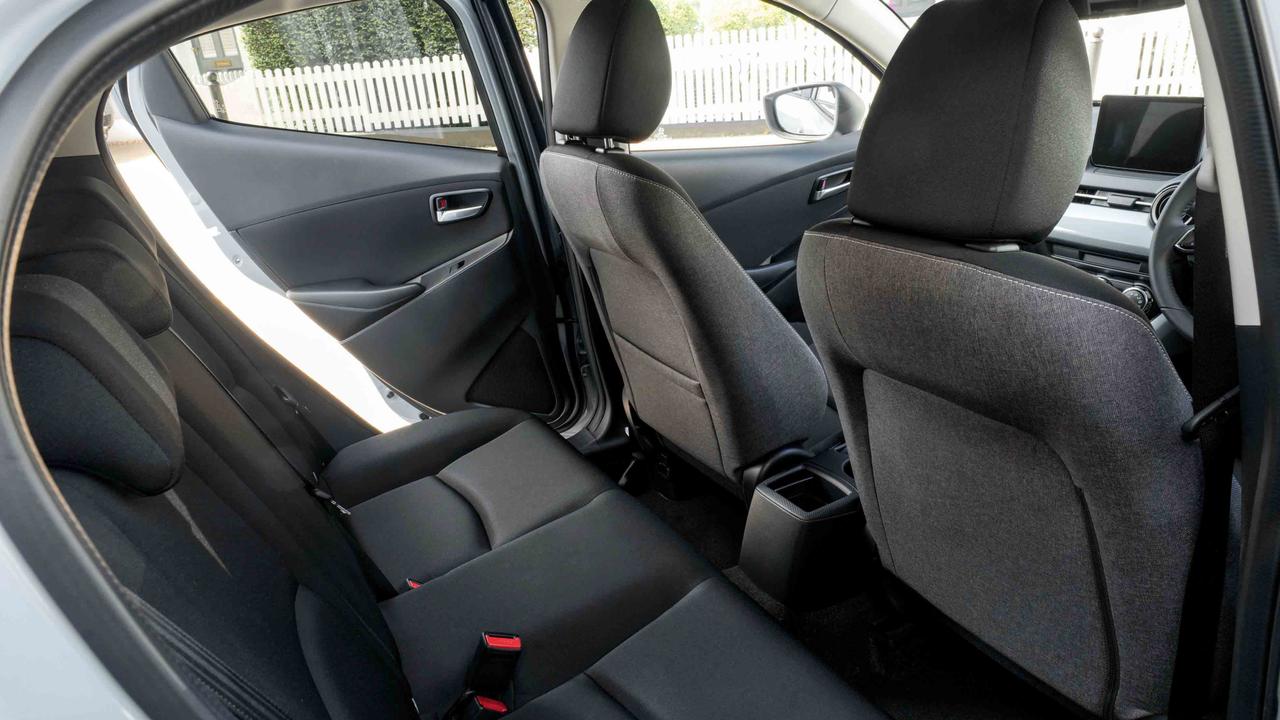
Mazda doesn’t do boxy styling, although its design – inspired by flowing water – does hamper practicality just a little.
Rear-seat space is actually better than we expected, although still only average for the class. There’s enough space for four adults, with sufficient legroom and headroom. You’ll really struggle to get three people across the rear bench, though, and the Isofix points are trickier to find than in the VW Polo or Skoda Fabia.
There’s one map pocket and a tray in the back of the centre console, but storage is at a premium. You don’t get door pockets or cupholders, for example. Up front, the door bins are small and the glovebox is middling, and the tray on the centre console isn’t big enough to chuck your phone into. So you’ve either got to keep it in your pocket or buy one of those unsightly phone holders.
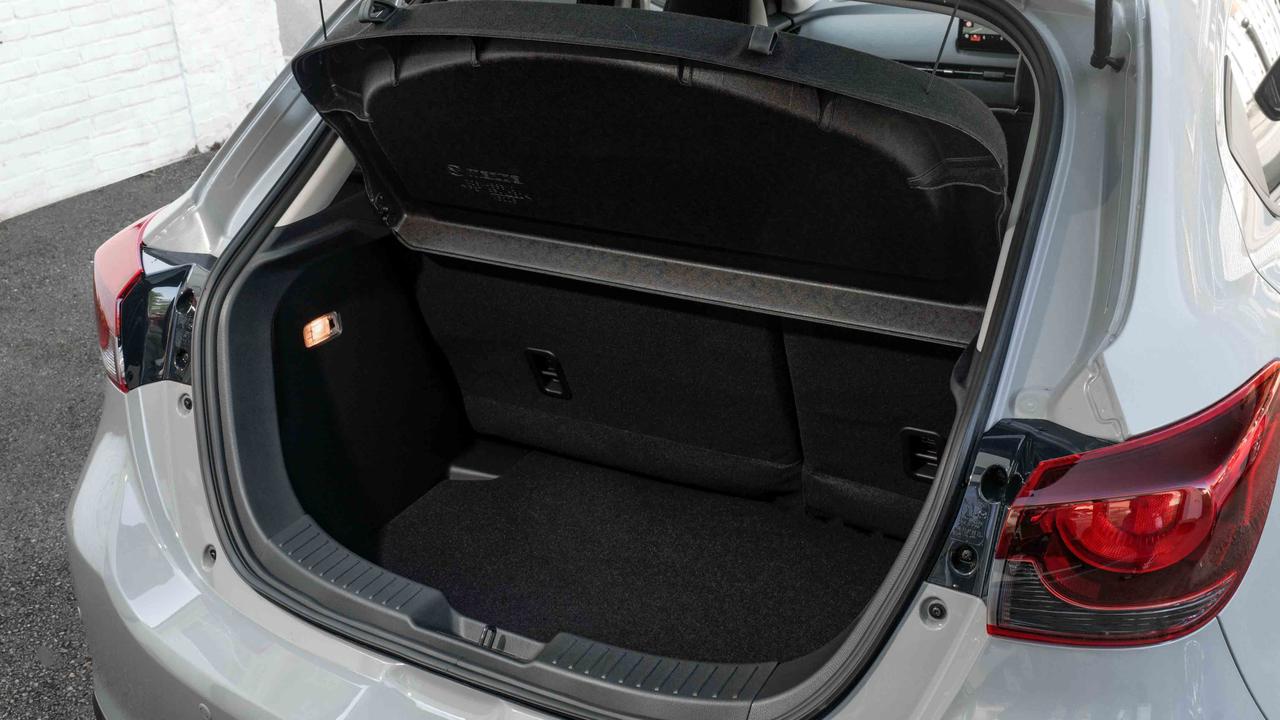
The boot is small. At 255 litres, it’s one of the worst in the class, and there aren’t any clever features to make the space work harder. It’s square and quite deep, so you should be able to cram in a couple of medium suitcases, but it’s a little narrow and there’s a chunky load lip to overcome. You can fold the rear seats in a 60:40 split for when you need extra luggage space.
Engines and performance
Under every Mazda 2’s bonnet is a 1.5-litre petrol engine, with outputs of 75hp, 90hp or 115hp. The middle one is the most common, the lowest output is reserved for the base model and the 115hp version is only offered on the very top-spec car.
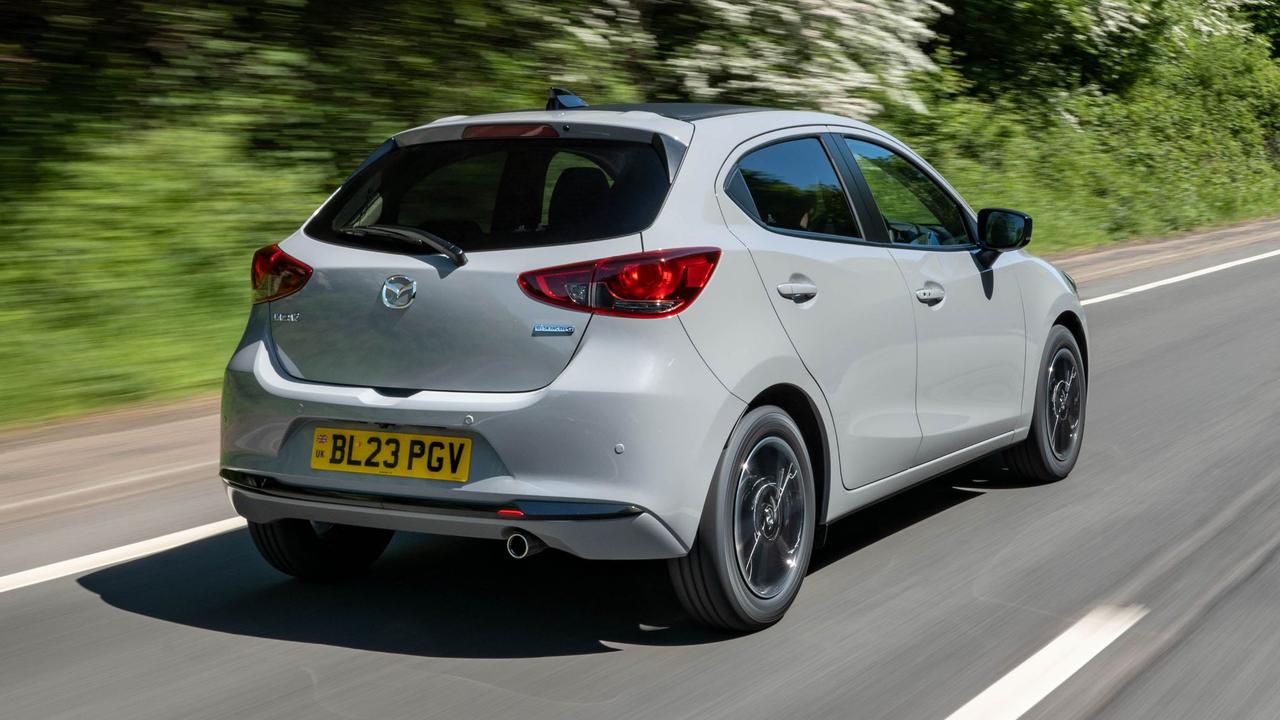
It’s larger than the 1.0-litre engines in most rival cars, although nearly all the Mazda’s rivals feature a turbocharger. That’s a cheat code to release power sooner, whereas in the Mazda the maximum power is hidden at the top end of the rev range.
As such, the sub-10-second 0-62mph times of the 90hp and 115hp models look competitive on paper but you need to work the engine hard to get that result. In normal driving, the 2 doesn’t feel as quick as the likes of the Ford Fiesta or SEAT Ibiza.
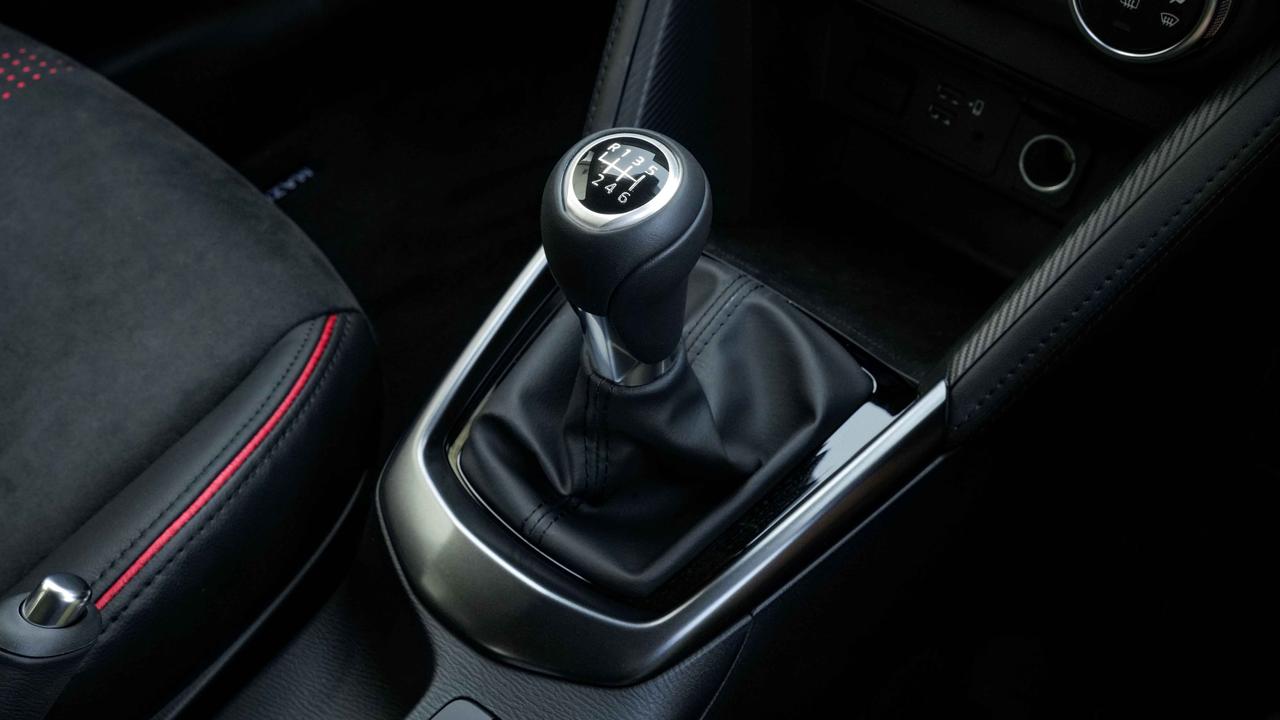
Still, in normal driving the engine doesn’t have to work hard, so it promises to be quite economical. Officially, the 90hp version just crests the 60mpg mark, while the 115hp version isn’t far behind on 56mpg.
Unless you need an automatic, we’d absolutely recommend sticking with the manual gearbox. A manual 2 is quicker and more economical, but the main reason is that the gearshift is deliciously slick. It’s quite nice having to stir the gears so often because you get to experience the satisfying precision of the gearbox.
Driving and comfort
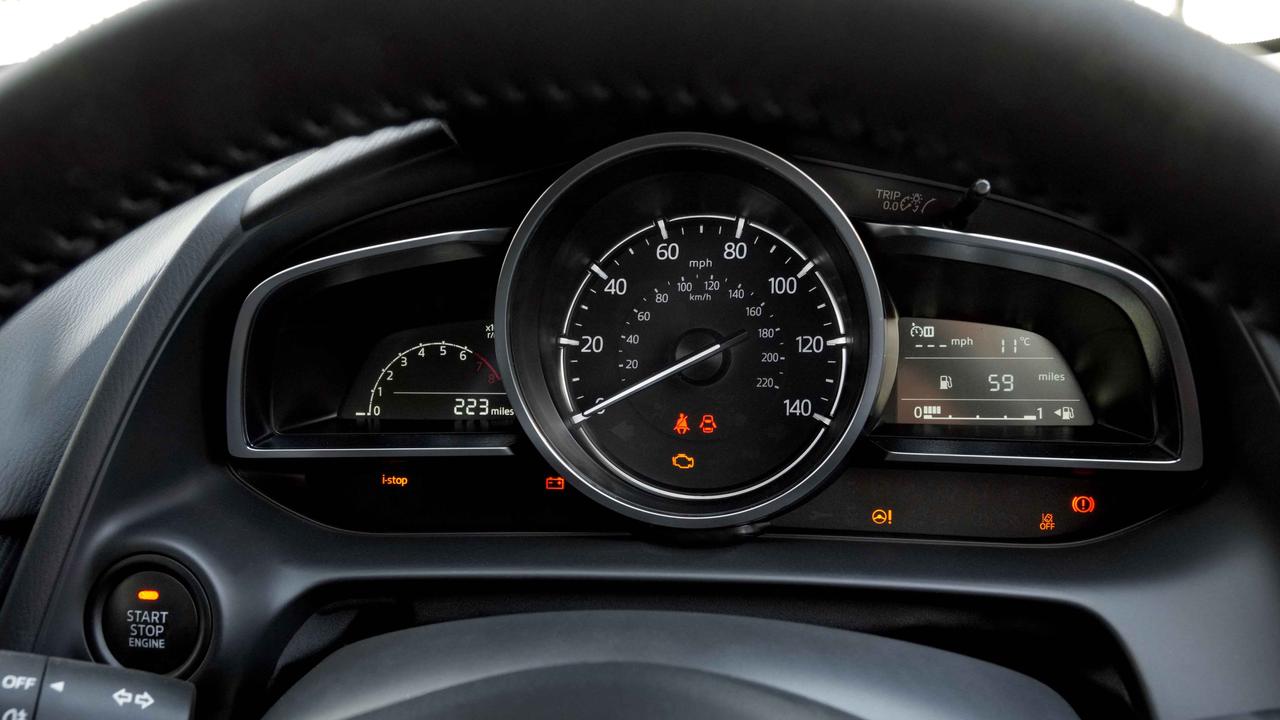
With a sweet gearshift and a naturally aspirated engine, the Mazda 2 feels wonderfully old-school and analogue. On a spirited drive keeping the revs high, it feels like you’re driving a sports car but you’re almost certainly still within legal speeds.
The steering wheel is thin and offers a decent amount of feedback – a vanishingly rare quality these days – while body roll is kept to a minimum. The 2 feels stable but fun, with an impish side that you simply don’t get in the polished but prudish Polo.
If you’re after a pillowy ride, it may be best to look at something like a Citroen C3 instead, because Mazda has given the 2 quite a sporty, firm ride. That helps the handling but it does mean that jolts from potholes are slightly more noticeable than in more comfort-focused alternatives.














































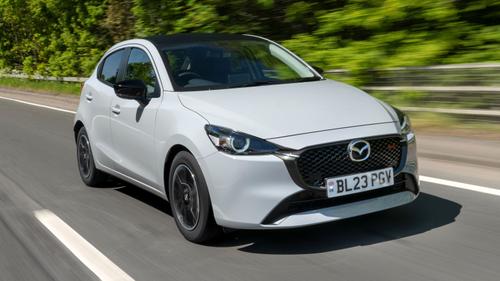
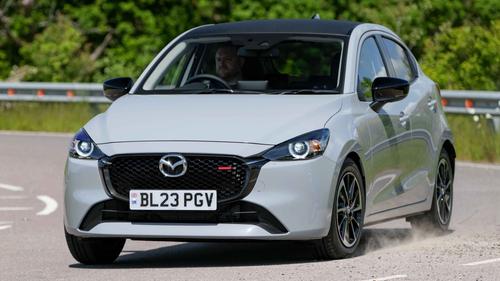
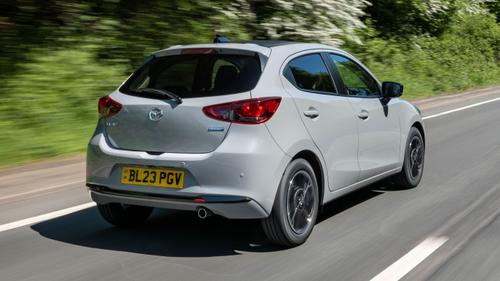
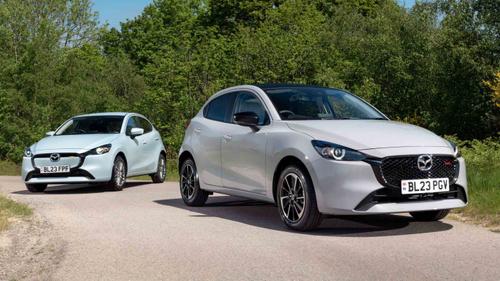
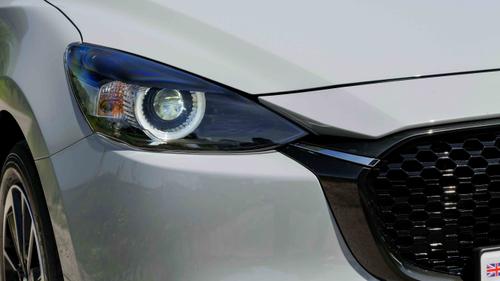
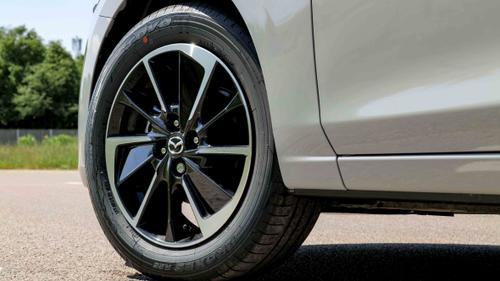
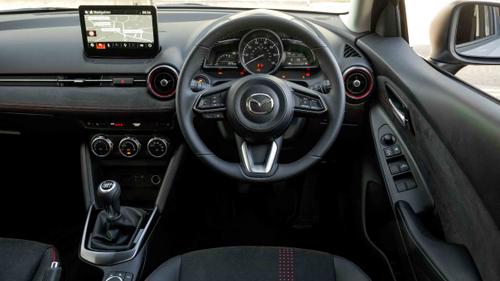
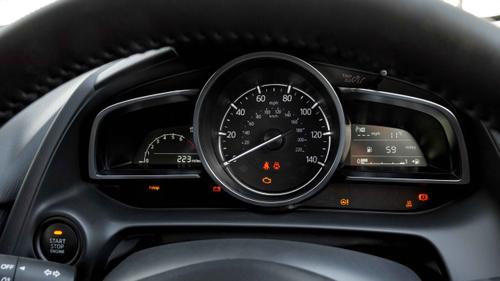
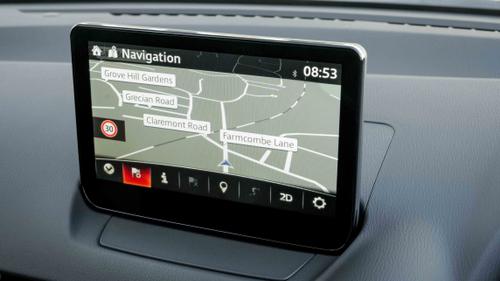
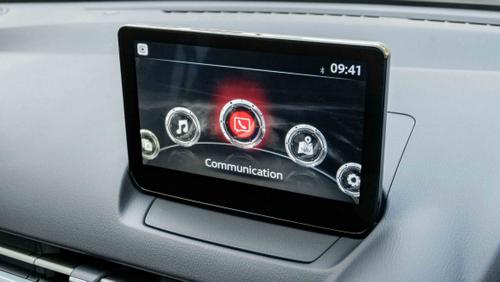
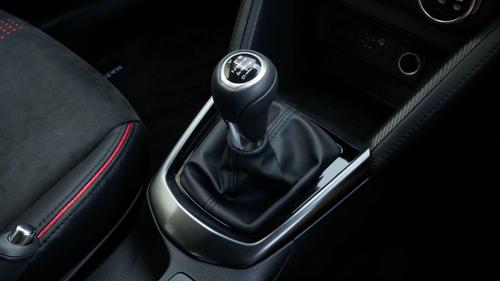
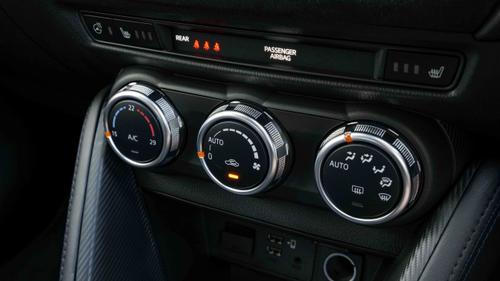
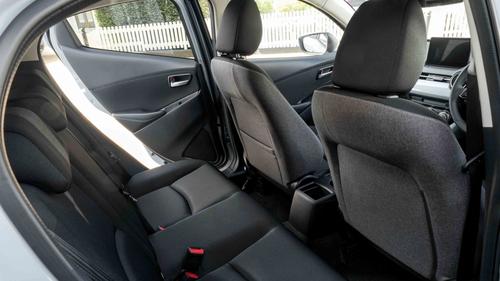
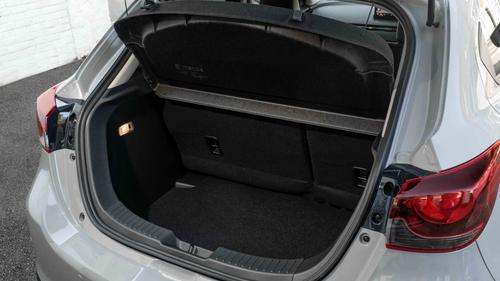





.jpg&w=800&q=75)

